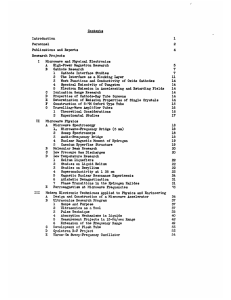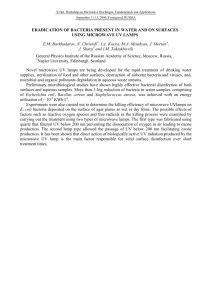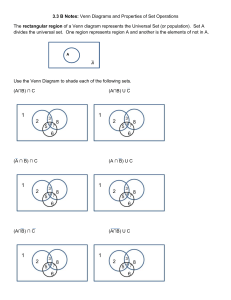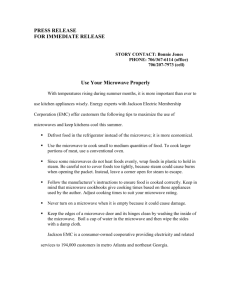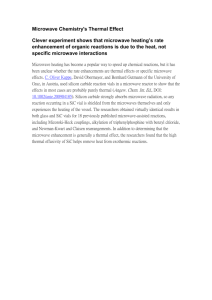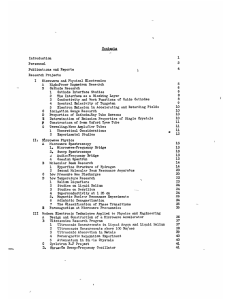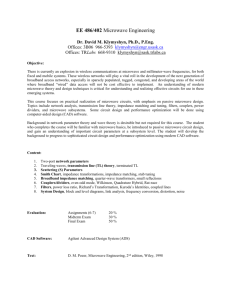Microwave radio transmission is commonly used in point-to
advertisement
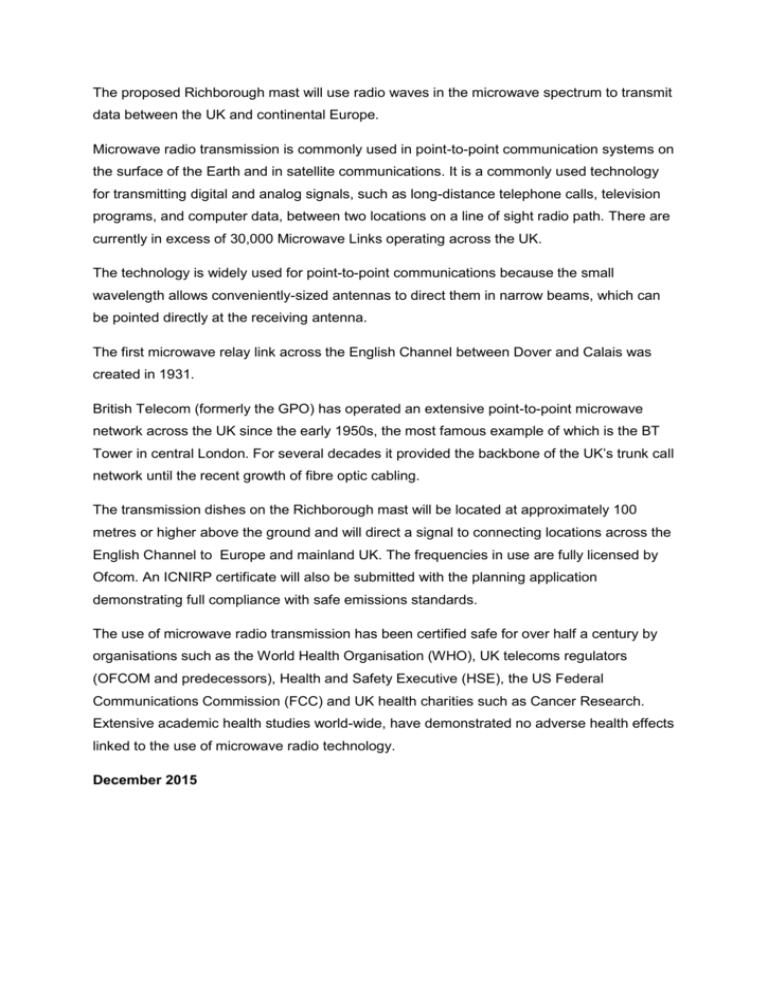
The proposed Richborough mast will use radio waves in the microwave spectrum to transmit data between the UK and continental Europe. Microwave radio transmission is commonly used in point-to-point communication systems on the surface of the Earth and in satellite communications. It is a commonly used technology for transmitting digital and analog signals, such as long-distance telephone calls, television programs, and computer data, between two locations on a line of sight radio path. There are currently in excess of 30,000 Microwave Links operating across the UK. The technology is widely used for point-to-point communications because the small wavelength allows conveniently-sized antennas to direct them in narrow beams, which can be pointed directly at the receiving antenna. The first microwave relay link across the English Channel between Dover and Calais was created in 1931. British Telecom (formerly the GPO) has operated an extensive point-to-point microwave network across the UK since the early 1950s, the most famous example of which is the BT Tower in central London. For several decades it provided the backbone of the UK’s trunk call network until the recent growth of fibre optic cabling. The transmission dishes on the Richborough mast will be located at approximately 100 metres or higher above the ground and will direct a signal to connecting locations across the English Channel to Europe and mainland UK. The frequencies in use are fully licensed by Ofcom. An ICNIRP certificate will also be submitted with the planning application demonstrating full compliance with safe emissions standards. The use of microwave radio transmission has been certified safe for over half a century by organisations such as the World Health Organisation (WHO), UK telecoms regulators (OFCOM and predecessors), Health and Safety Executive (HSE), the US Federal Communications Commission (FCC) and UK health charities such as Cancer Research. Extensive academic health studies world-wide, have demonstrated no adverse health effects linked to the use of microwave radio technology. December 2015


